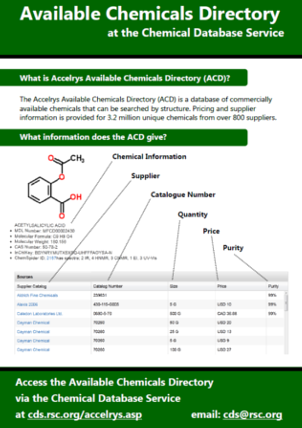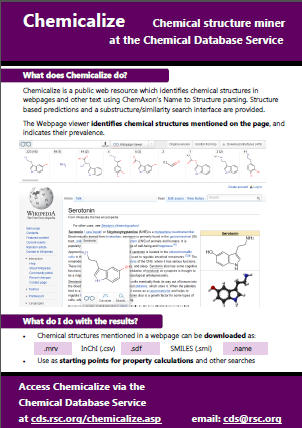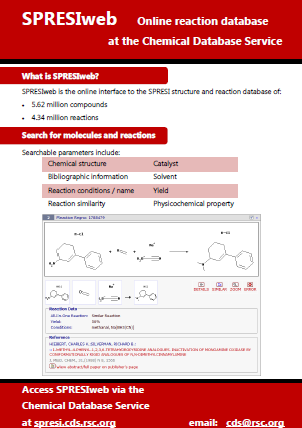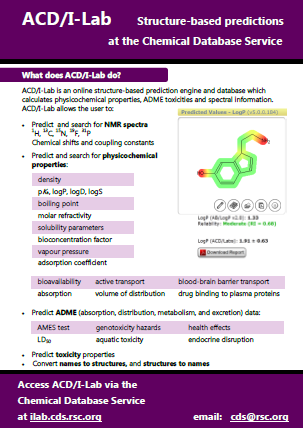Thermophysical data from 2013 has now been added to the DETHERM database. New data added from 2013 includes:
- 4,200 Literature Documents
- 28,800 Data Tables
- 332,000 Data Rows
DETHERM now contains data from over 100,000 literature documents, equating to over 8,000,000 data rows:
|
Below is a breakdown of data from the Dortmund Database (DDB) present in DETHERM:
| #Literature | #Data Tables | #Data Rows | |
| Excess Properties | |||
| Heat Capacities of Mixtures (Excess heat capacities) | 542 | 1,762 | 49,744 |
| Excess Enthalpies | 3,063 | 14,414 | 310,033 |
| Mixture Densities (including Excess volumes) | 6,152 | 25,257 | 672,115 |
| Phase Equlibrium data | |||
| Activity Coefficients at infinite dilutions (in mixtures) | 59 | 827 | 9,277 |
| Activity Coefficients at infinite dilutions (pure solvents) | 1,139 | 27,963 | 71,023 |
| Azeotropic data | 1,926 | 36,402 | 53,703 |
| Vapor-Liquid-Equilibria (electrolyte systems) | 1,249 | 4,165 | 115,011 |
| Gas Solubilities (electrolyte systems) | 151 | 666 | 11,795 |
| Salt solubilities (mainly in water) | 5,682 | 24,130 | 235,873 |
| Gas Solubilities (non-electrolytes) | 1,810 | 11,850 | 93,694 |
| Vapor-Liquid Equilibria (low boiling substances) | 3,771 | 10,893 | 291,999 |
| Liquid-Liquid Equilibria | 3935 | 16338 | 218083 |
| Solid-Liquid-Equilibria (mainly organic compounds) | 5,614 | 36,869 | 372,016 |
| Vapor-Liquid Equilibria (normal boiling substances) | 6,904 | 18,535 | 481,675 |
| Critical data of mixtures (critical lines) | 786 | 2,735 | 19,031 |
| Partition Coefficients (octanol-water) | 514 | 8,335 | 11,398 |
| Other | |||
| Viscosities, thermal conductivities, surface tensions and speeds of sound | 2,782 | 10,700 | 346,751 |
| Pure component properties | 29,765 | 195,968 | 1,557,065 |
| Total (DDB) | 75,844 | 447,809 | 4,920,286 |















 We are pleased to announce
We are pleased to announce